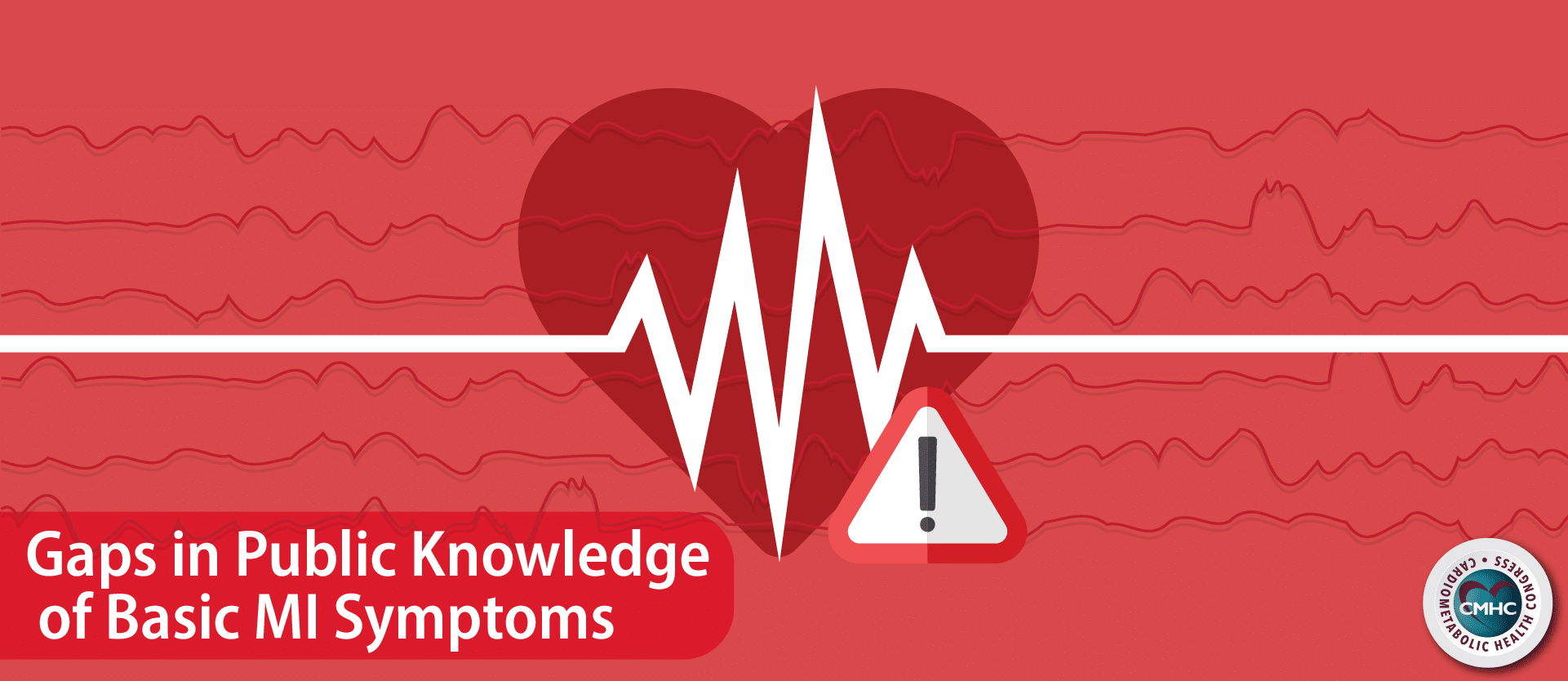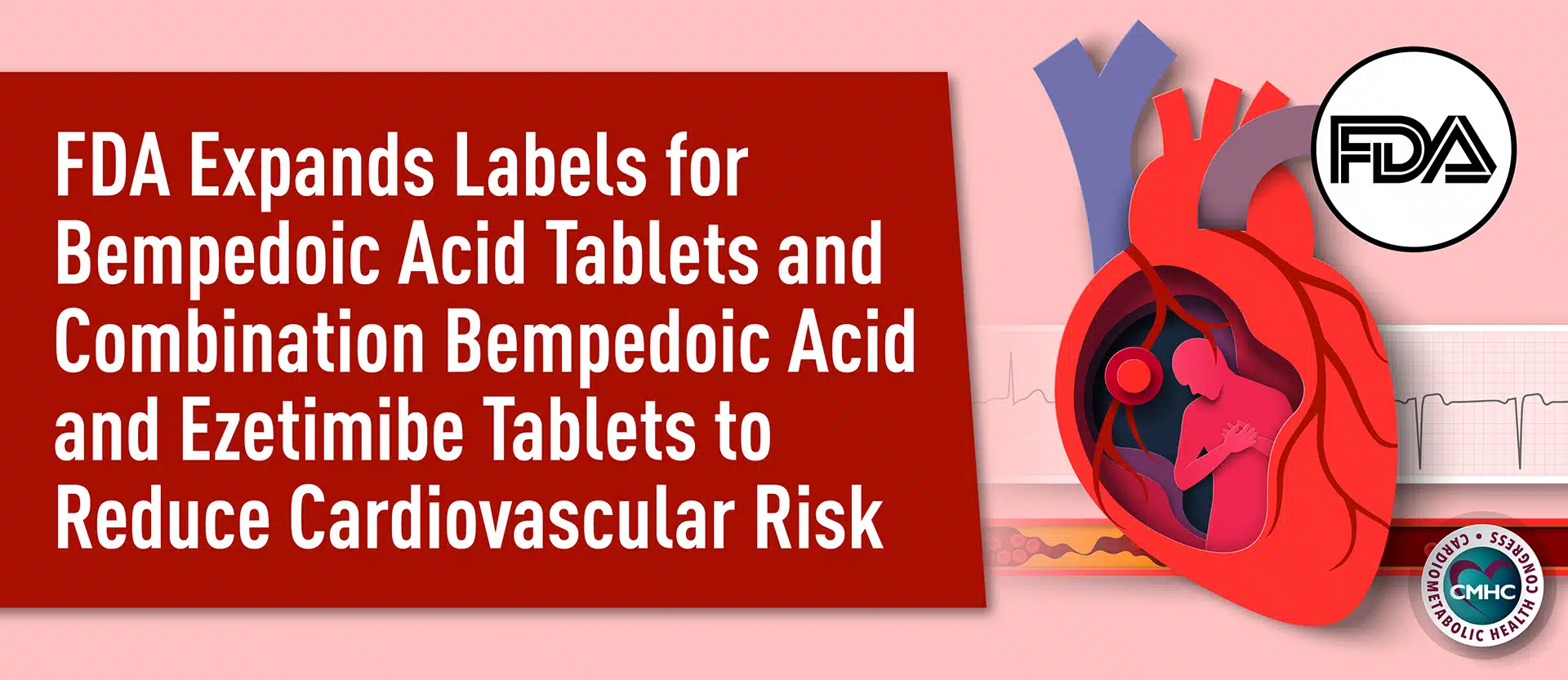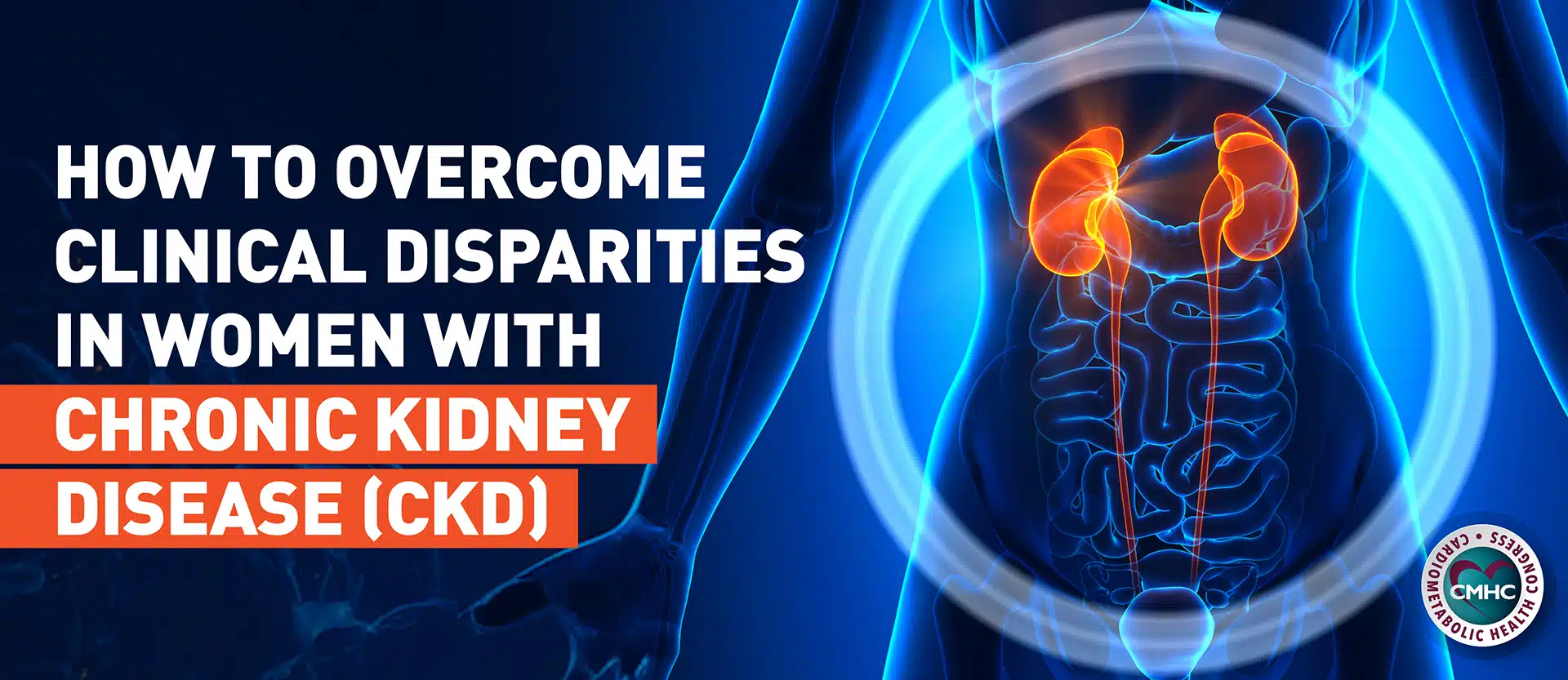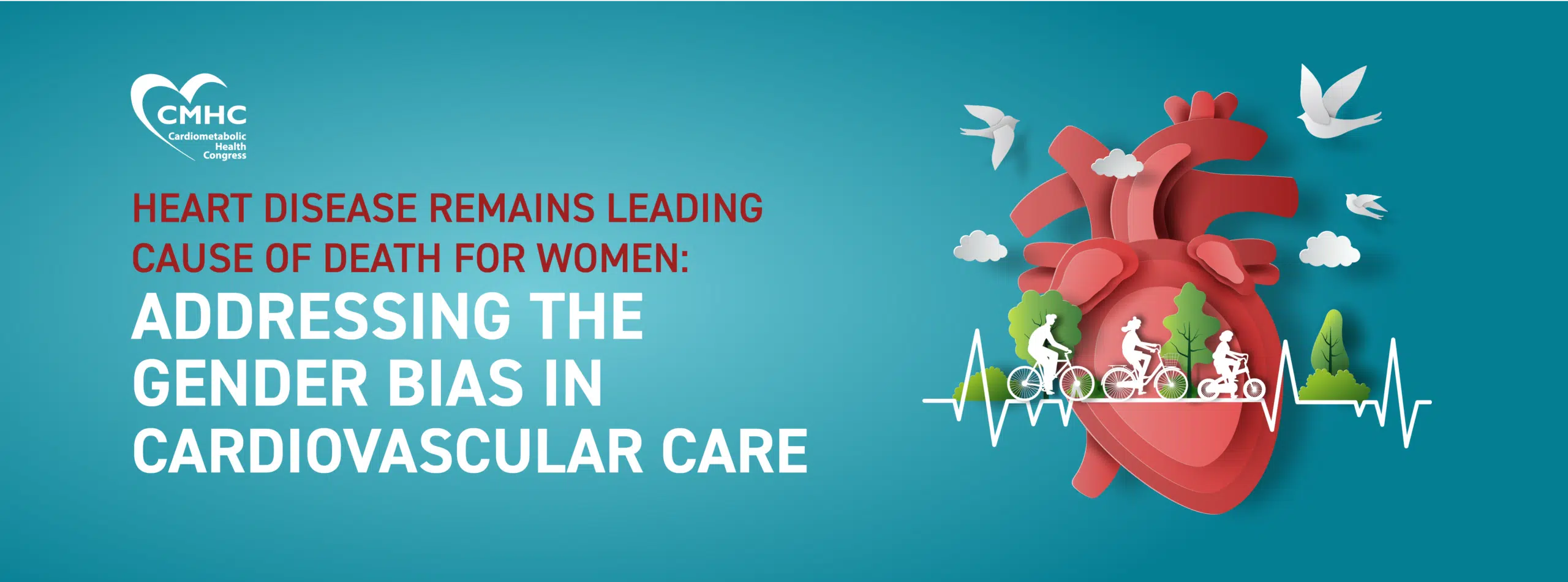Approximately 1.5 million cases of myocardial infarction (MI) occur in the United States per year and despite significant declines in age-adjusted mortality rates attributable to acute MI since the 1970s, the overall rate of MI-related deaths has not declined. Heart disease remains the number one cause of morbidity and mortality in the nation, killing approximately 650,000 U.S. adults per year. While prompt recognition of MI symptoms is essential to improving health outcomes and ensuring timely access to emergency cardiac care, MI patients continue to have a delayed presentation in the hospital – a large number die before even reaching the hospital.
A lack of awareness may be to blame. Results of a recent study, published in JAMA Network Open reveal that many adults in the United States are unaware of the basic symptoms indicating myocardial infarction or what to do if they experience them.
Awareness of MI Symptoms
The cross-sectional study utilized data from the 2017 National Health Interview Survey to understand the variation and disparities in awareness of myocardial infarction symptoms among adults in the United States. A team of researchers surveyed a cohort of over 25,000 Americans from a variety of sociodemographic subgroups to ensure a “nationally representative sample.” Participants were asked to identify the five common MI symptoms – chest pain or discomfort; shortness of breath; pain or discomfort in arms or shoulders; feeling weak, lightheaded, or faint; and jaw, neck, or back pain. Responses were evaluated individually and divided into four subgroups on the basis of recognition of symptoms – none; one to two; three to four; and all five symptoms.
The study’s authors also assessed participants’ responses to a perceived myocardial infarction, testing whether they would call emergency medical services and if participants were aware of the potential courses of action.
Of the 25,271 participants, 51.6% were women; 69.6% were non-Hispanic whites; 82.7% were born in the United States; 28.3% were part of the low or lowest-income subgroup; and 32.5% had an education level of high school or less. Other independent variables included in the analysis were insurance status, geographic region of residence, proficiency in English, and time spent living in the United States.
Variation and Disparities in Awareness
The results of the analysis revealed that up to 5.8% of respondents were unaware of any myocardial infarction symptoms while 4.5% – or approximately 10.4 million adults nationally – chose a different response than calling emergency medical services if they experienced MI symptoms. Of the cohort, only 53% were aware of all five MI symptoms, while 20.3% were unaware of the three most common symptoms and nearly 6% were unaware of any MI symptoms.
Chest pain or discomfort was the symptom recognized by the majority of respondents, followed by shortness of breath, pain/discomfort in arms or shoulders, feeling weak or lightheaded, and jaw, neck, or back pain in order of prevalence.
The awareness levels of different symptoms were substantially higher in certain sociodemographic subgroups. Researchers found that participants who were most aware of symptoms were non-Hispanic whites born in the U.S. with high educational levels, belonging to high- or middle-income subgroups and who had private health insurance. On the contrary, Hispanic participants born outside of the United States who had lower education levels, belonged to low- or lowest-income subgroup and who were uninsured had the lowest levels of awareness. In addition, researchers found that more men than women were unaware of the three most common MI symptoms.
Disparities in Response
Of the 25,000 participants, 4.5% respondents – representative of 10.4 million U.S. adults – chose a response different from calling emergency medical services in the event of a perceived myocardial infarction. Older individuals over the age of 65 and men were less likely to call EMS, as were non-US-born participants, those with a lower education levels, those belonging to low- and lowest-income subgroups, as well as those who did not have health insurance.
These results reveal the need for targeted educational initiatives directed at the vulnerable demographics identified by the study. “Almost half a million individuals in this country meet criteria for all the subgroups who were vulnerable to lack of knowledge of critical signs [of MI], and they have an almost sixfold higher risk of not recognizing the symptoms,” the researchers wrote.
As the latest findings reveal many adults in the U.S. remain unaware of MI symptoms of and appropriate responses to a myocardial infarction, revealing the true scope of the problem. To improve health outcomes, guarantee access to emergency cardiac care, and reduce MI-related mortality rates, strategic public health education programs need to be designed to inform the population at large, with targeted efforts at increasing awareness among vulnerable sociodemographic subgroups.


















